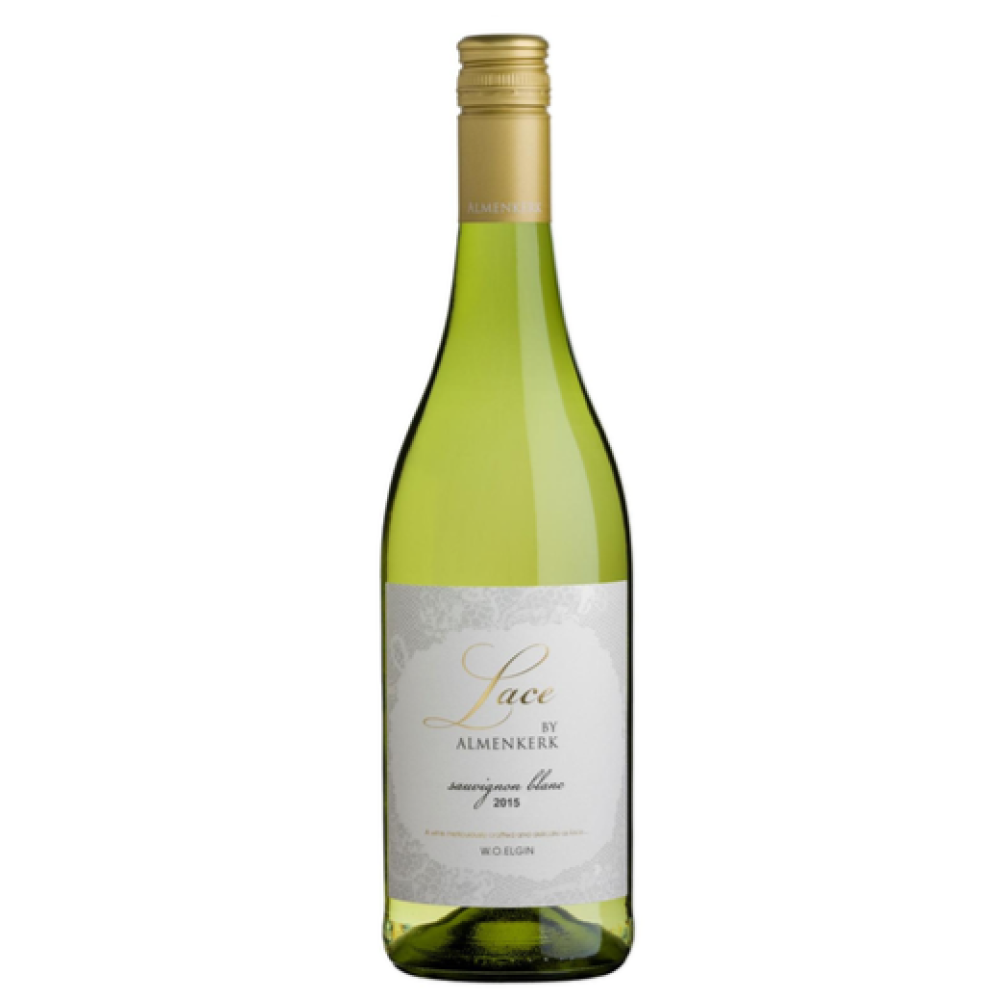Omschrijving
The grapes used to make this wine are a blend of our 2 blocks. The main component comes from our Yvonne block (named after Joris' mom), a cold, south-facing, slow-ripening block with deep soils. It ripens slowly and produces fruity, exuberant fruit. Our Sunlight block, situated at 300m above sea-level, is gravelly and wind-exposed. This block stresses the vine to produce the more mineral, flinty flavours. The vines are not irrigated throughout the ripening season, forcing them to dig their roots deeper in search of water.
The blocks consists of four clones: clone SB09 (gooseberry & passion fruit); SB108 (greener flavours, steely minerality); SB159 (riper fruit flavours of lychee & papaya); SB317 (last to ripen with ripe fruit flavours & bigger body)
Picking decisions at Almenkerk are made by tasting the grapes daily during the harvest season. With Sauvignon blanc, we look for a balance between green & tropical flavours while retaining the natural acidity our cool climate offers us.
Harvesting takes place early morning to keep the grape temperature low. All grapes are hand-picked into small lug boxes to prevent compaction. Meticulous sorting is done in the vineyard and again at the cellar.
From crushing the grapes, the grape- & juice handling takes place in an inert environment, avoiding any contact with oxygen throughout the entire process through the use of dry ice and specialised equipment such as our Bucher inert press. This preserves the more delicate aromas in the resultant wine.
The various vigour-zones are picked & vinified separately. We press our Sauvignon blancs into small tanks per clone and canopy management, as well as keeping free-run juice and press juice separate.
After gentle pressing and cold settling, the wine is inoculated with a combination of 5 yeasts and is fermented cold until dryness. After fermentation, the wine undergoes lees contact for 9 weeks on the gross lees. The wine is left as separate components until final blending in October, when the fermentation esters have blown off and the components can be assessed on their long-term (thiol-based) flavour profile. Typically, fruitier components will make up the backbone of this wine, while slightly greener wines are used to bring in the minerality that defines Elgin cool-climate wines.
The Lace Sauvignon Blanc is an expression of the riper, more opulent fruit, underbuilt by greener, floral notes. On the nose it releases aromas of elderberry & white peach. On the palate the wine shows well balanced fruit and acidity with a broad, lingering finish due to the lees contact.
Will drink youthfully for the next 2-3 years and can be cellared up to 8 years.





